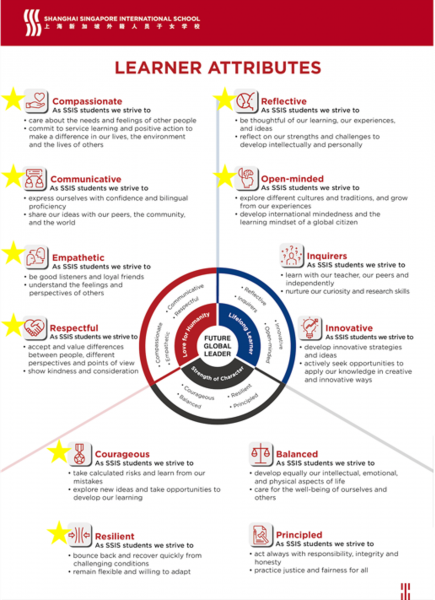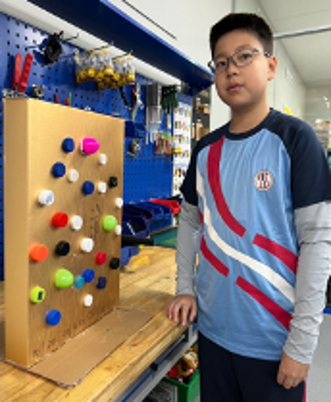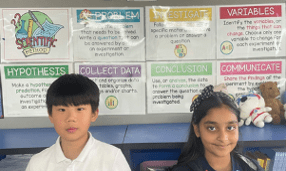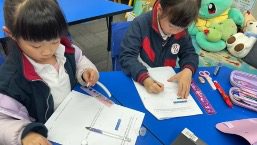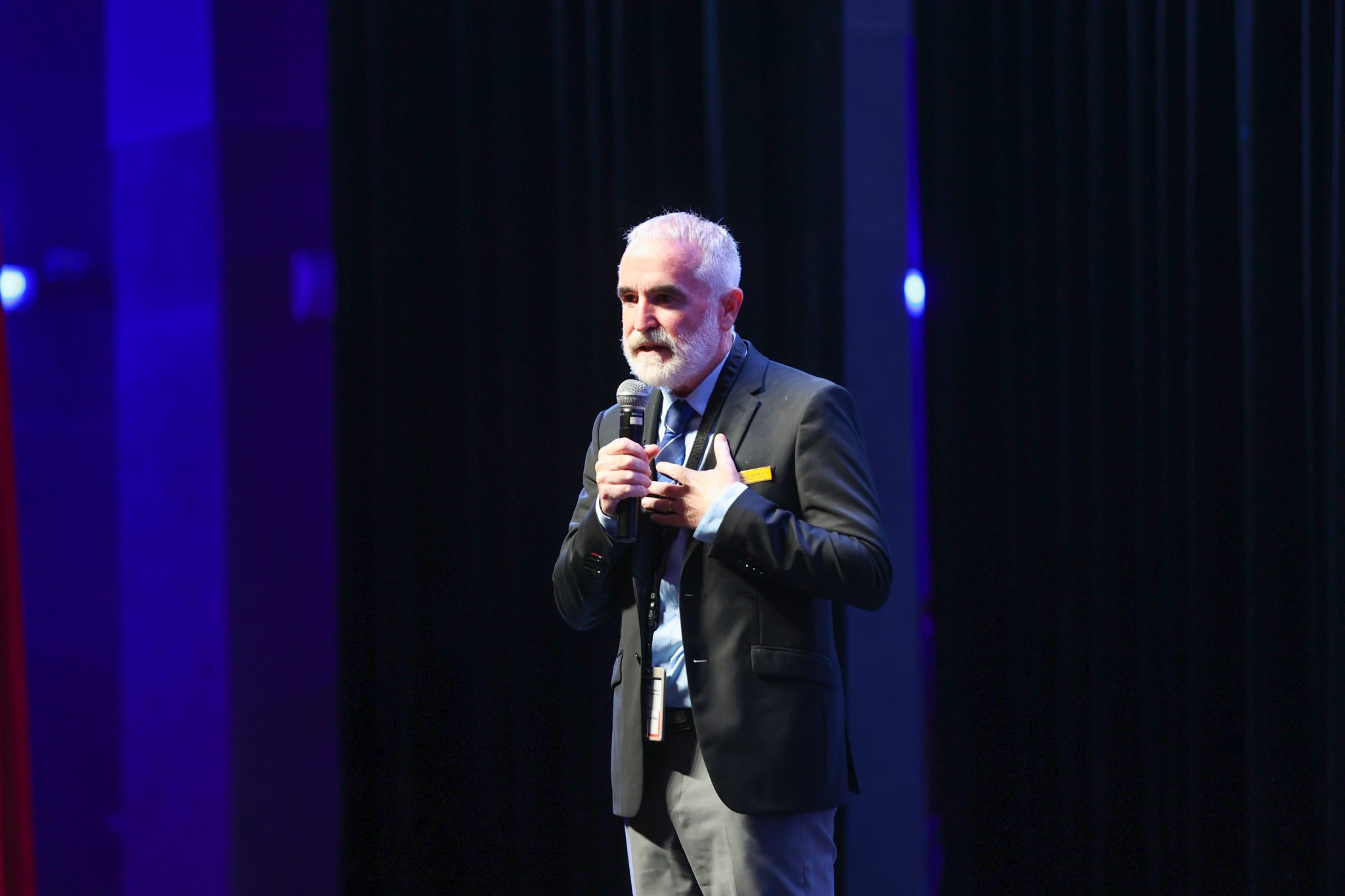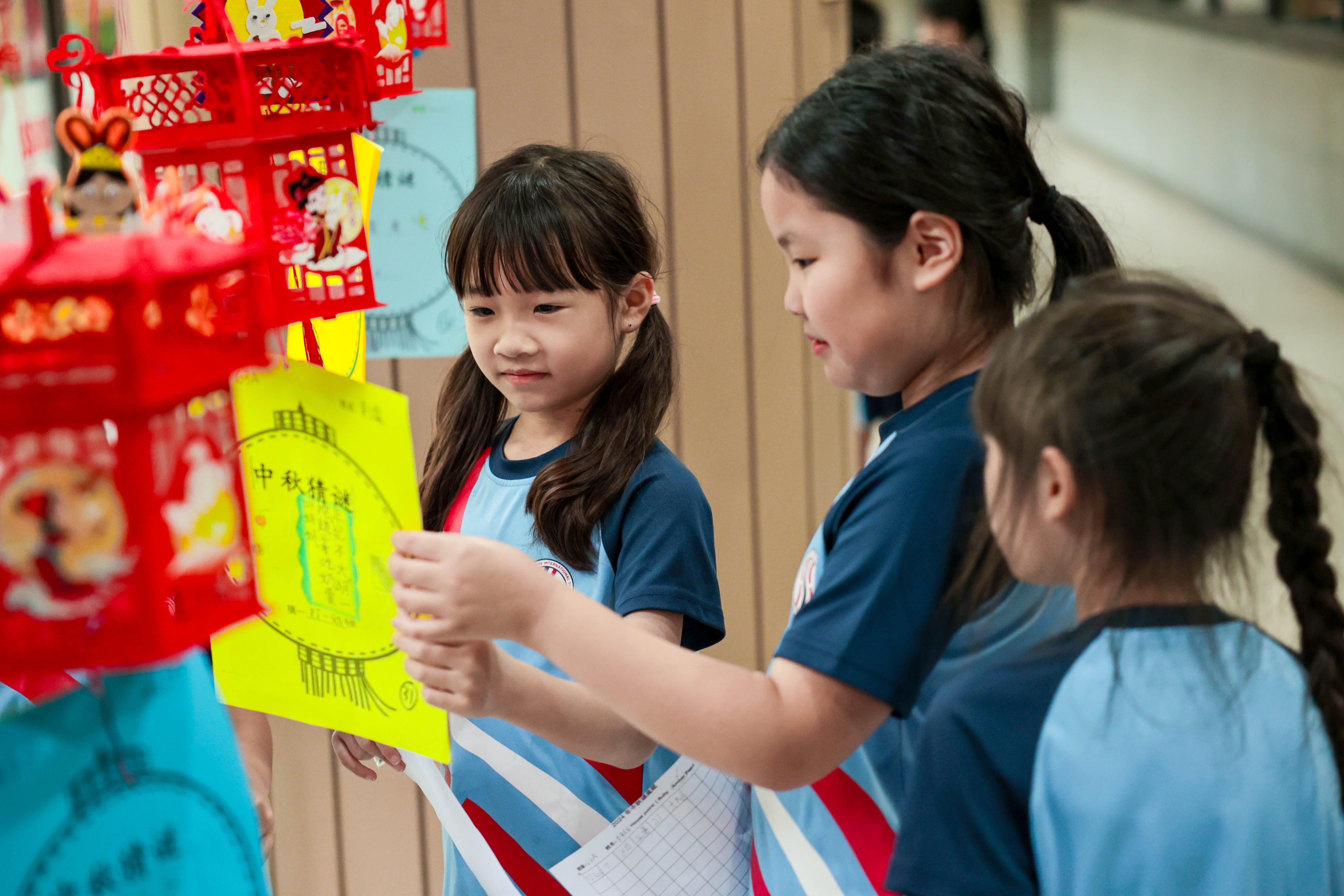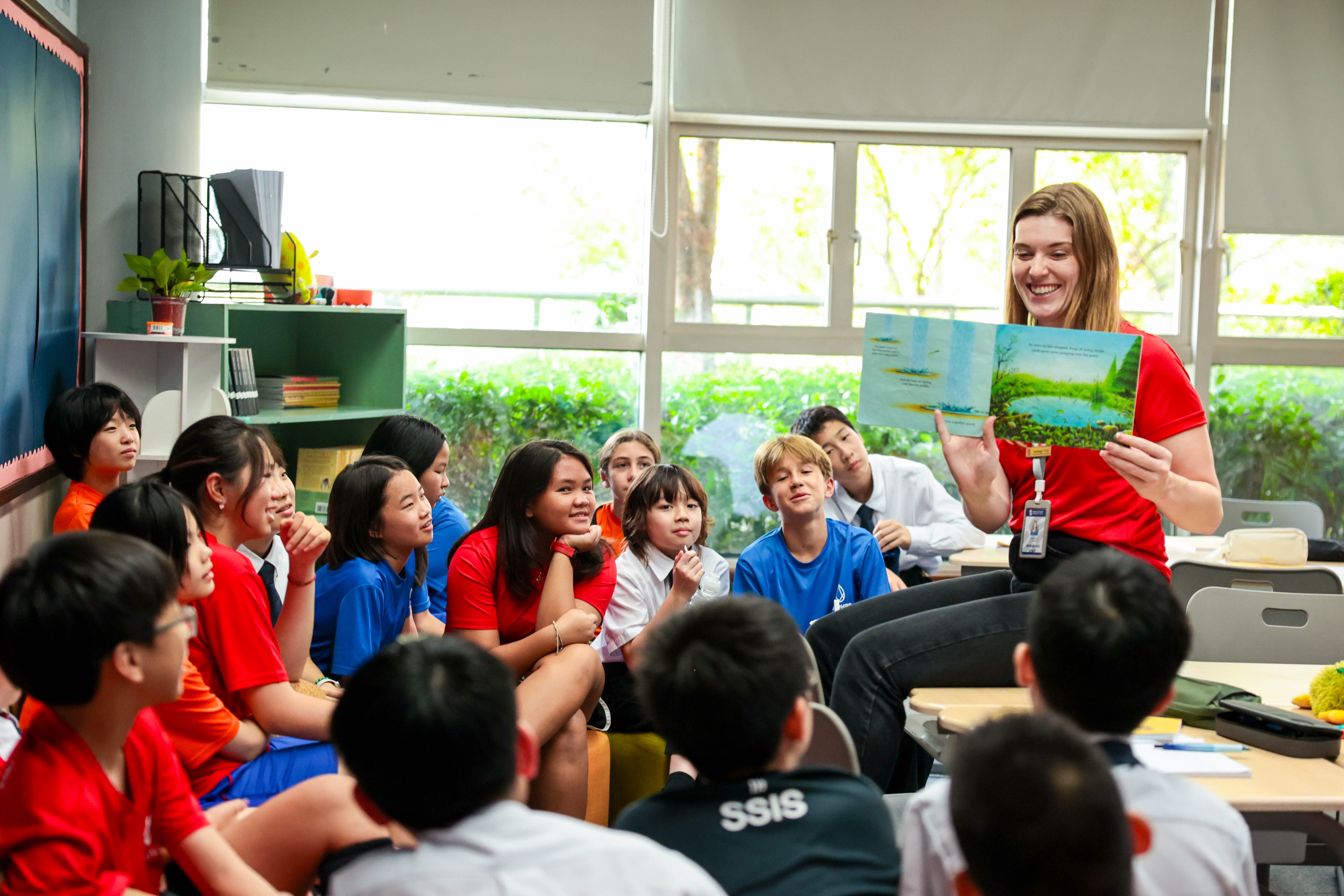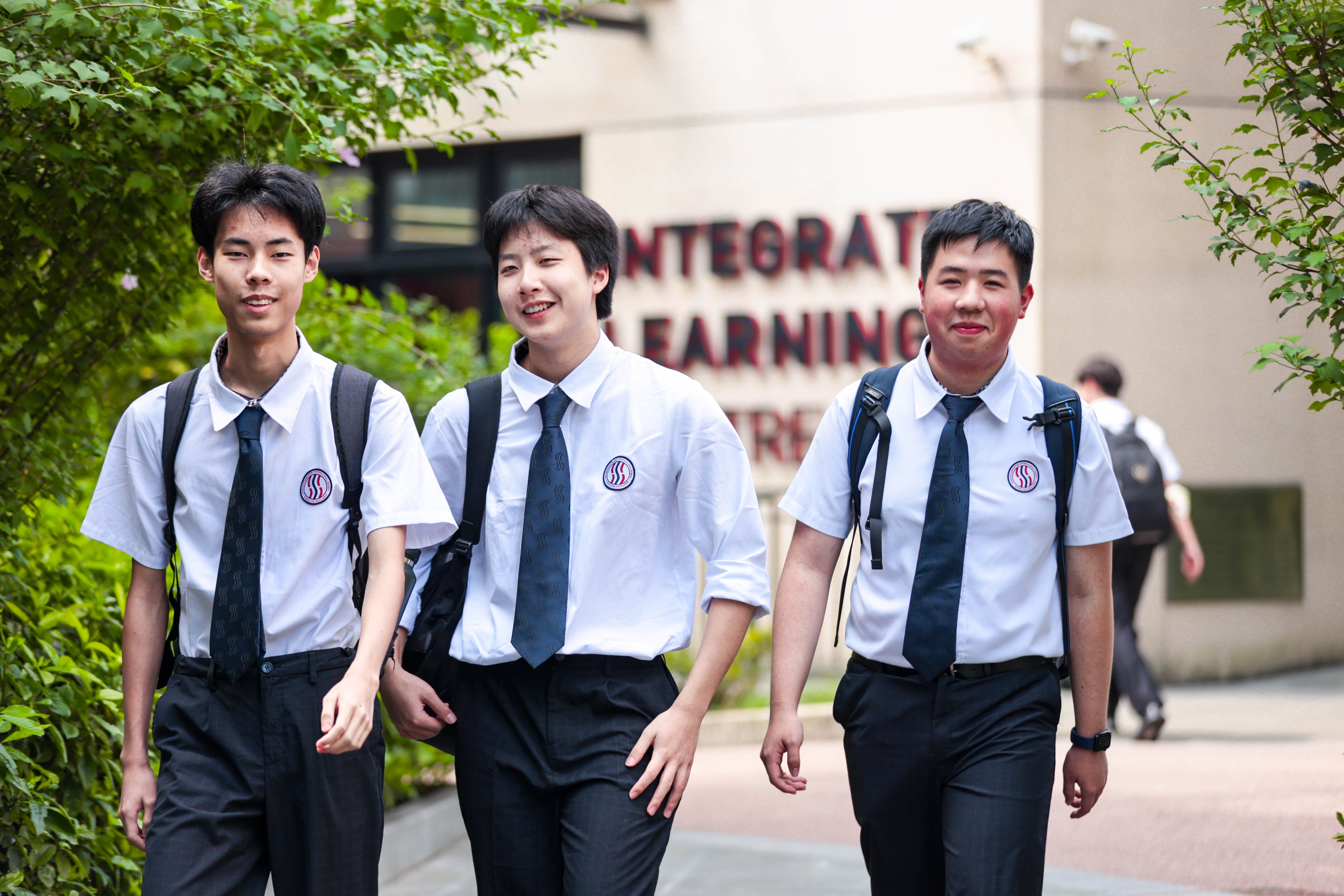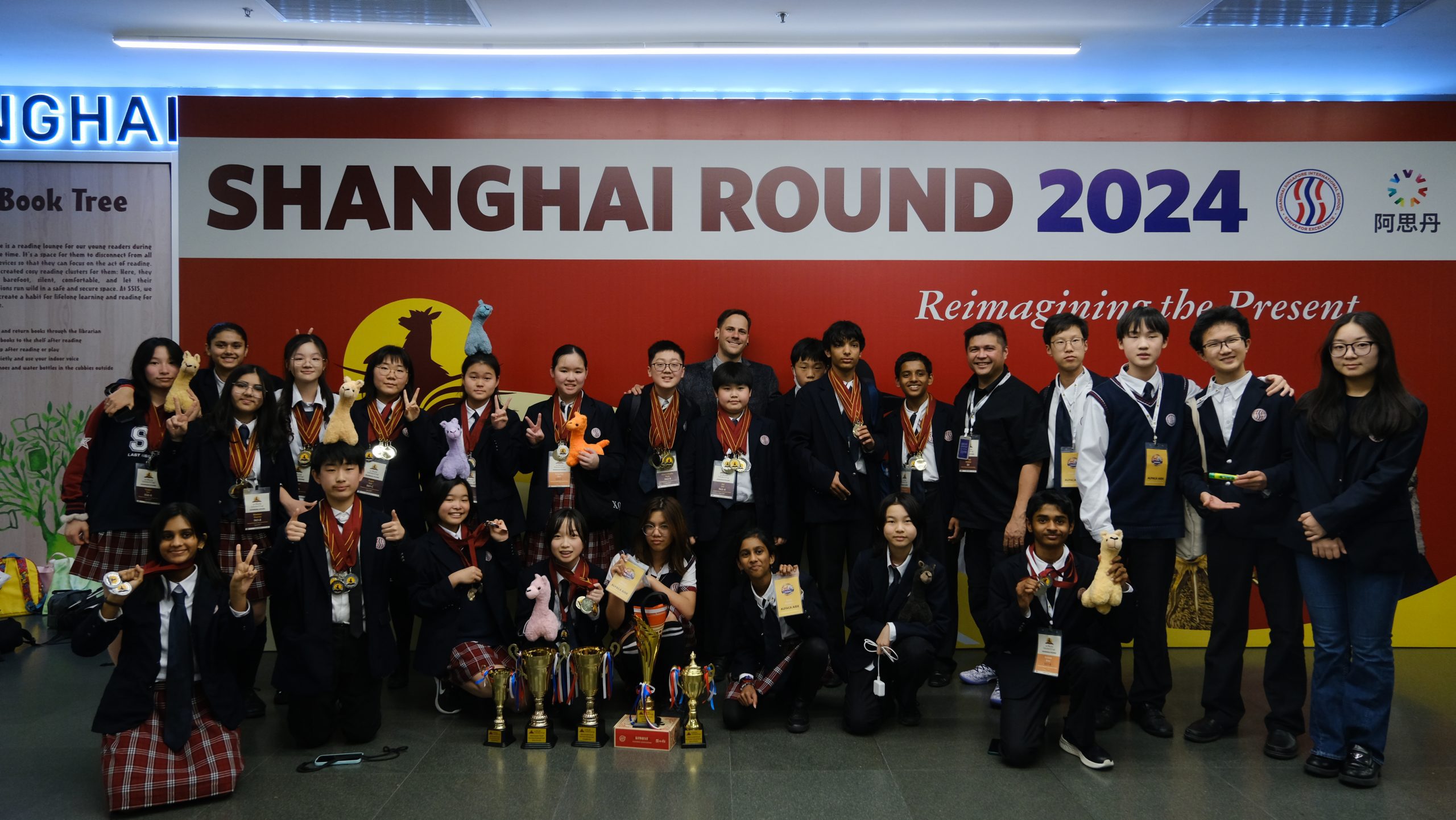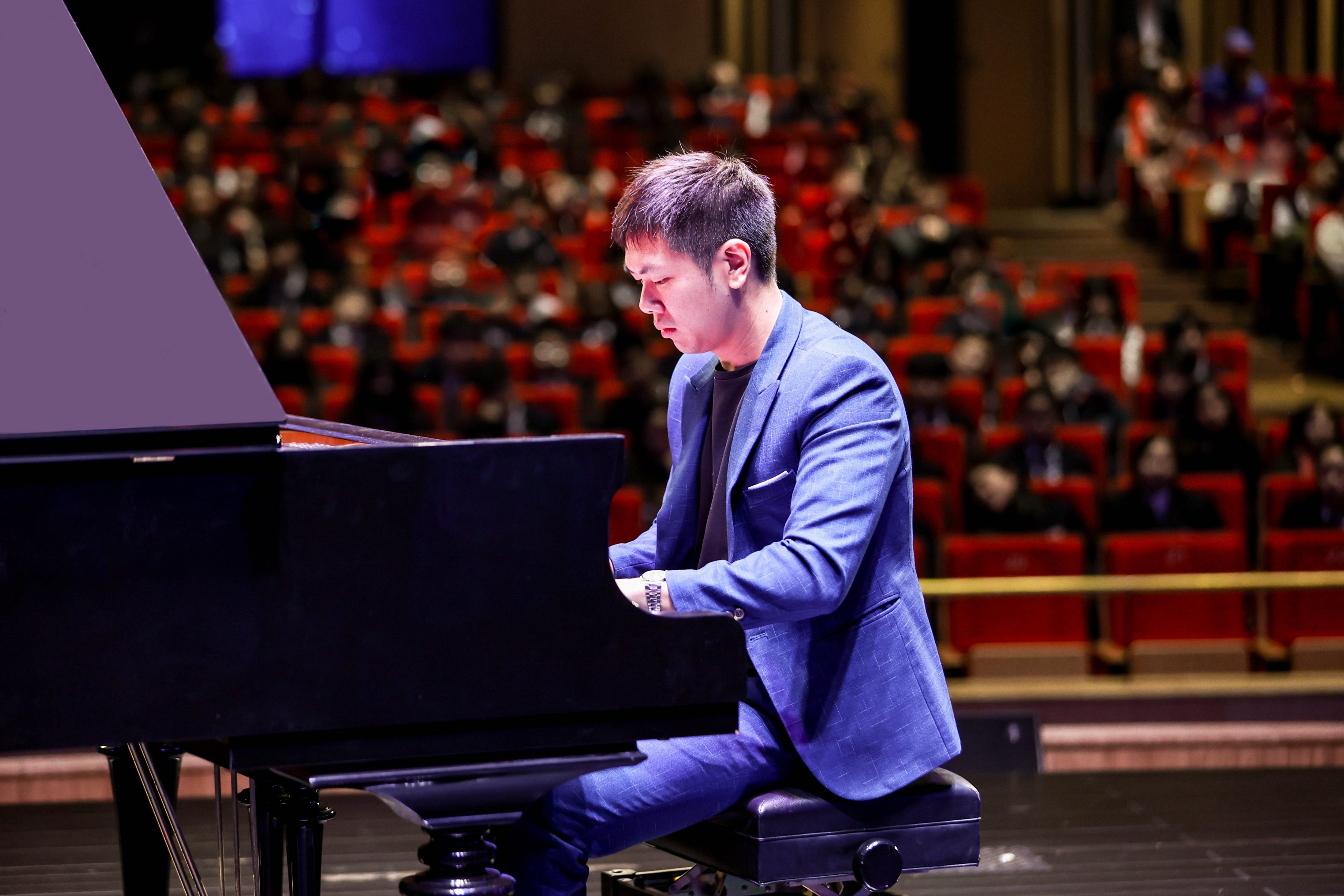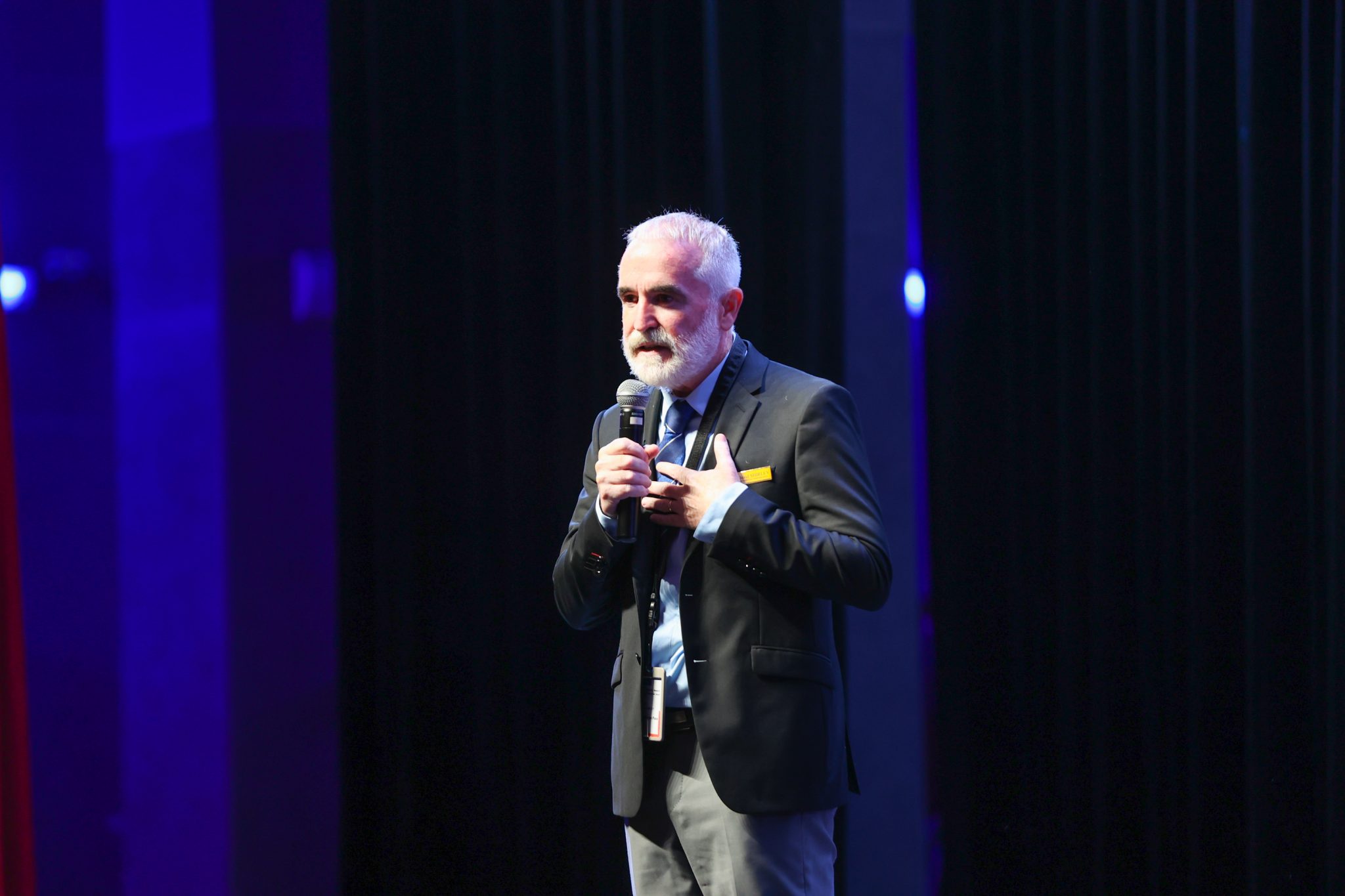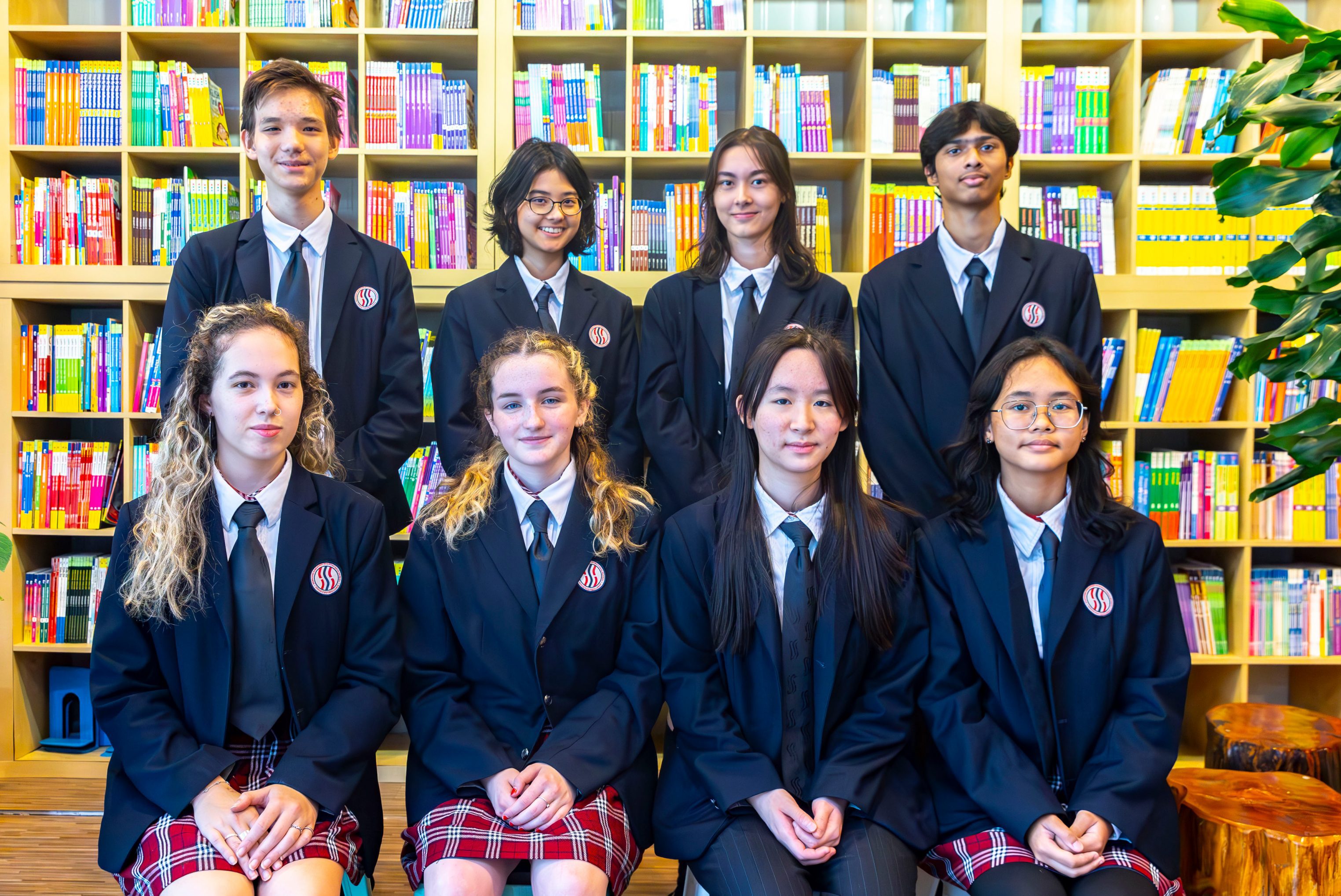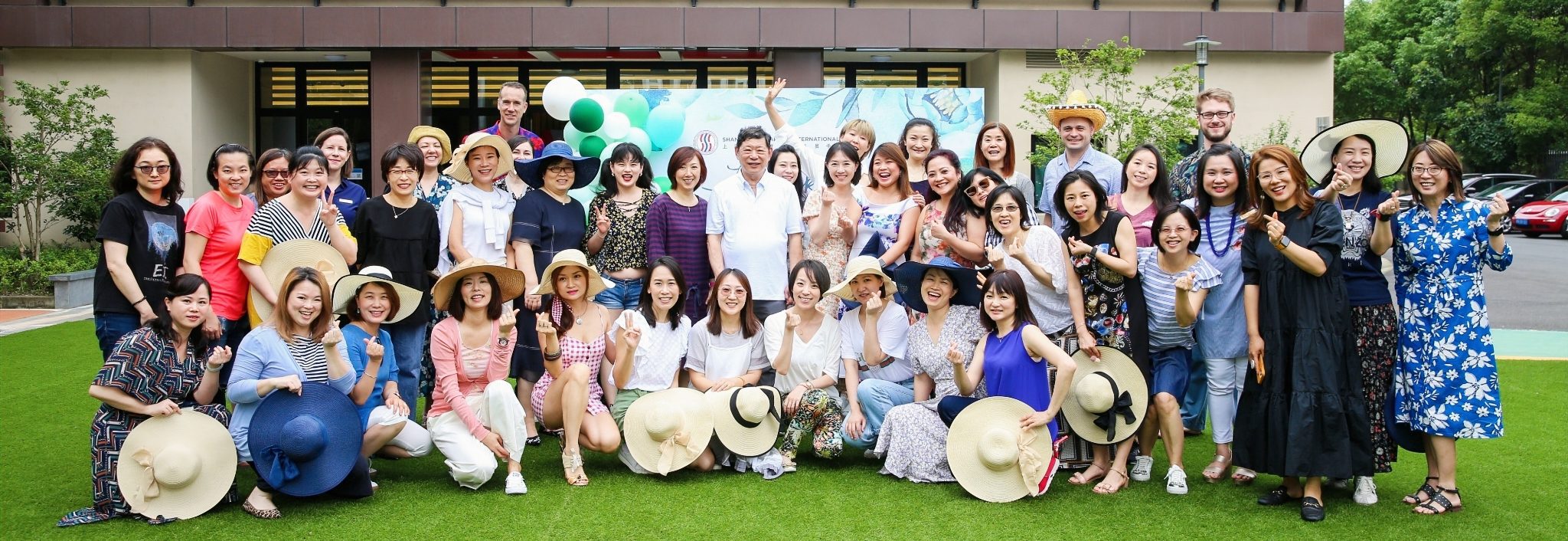T2W6 – 26 Jan 2024
Dear Families,
This week has been an extremely cold one. However, the students have continued to learn and flourish within the classroom.
As we approach the middle of the term, students have been engaged in summative assessments to gauge their understanding of the topic or concepts taught. It is important for parents to understand the difference between formative and summative assessments and how they are used by teachers.
There are two distinct types of assessments used in education to measure student learning, but they serve different purposes and occur at different points in the learning process.
Formative Assessment:
Formative assessments are designed to provide ongoing feedback during the learning process. The primary goal is to monitor and support student progress, allowing both teachers and students to identify strengths and areas that need improvement. Formative assessments occur throughout the learning process, often daily or weekly. They are ongoing and can take various forms, such as quizzes, discussions, observations, or assignments. The emphasis is on immediate or timely feedback. Teachers use formative assessment data to adjust their teaching methods and provide targeted support to students. Students can also use this feedback to understand their learning gaps and make improvements.
Summative Assessment:
Summative assessments, on the other hand, are designed to evaluate and measure what a student has learned at the end of a specific period of instruction. They are typically used to assign grades or determine the level of mastery achieved. Summative assessments occur at the end of a course, unit, or academic year. Examples include final exams, standardized tests, and end-of-term projects. Feedback from summative assessments is often more delayed compared to formative assessments. It is intended to provide a comprehensive summary of a student’s performance over a specific period.
Key Differences Between Formative and Summative Assessments:
Formative assessments focus on improving the learning process, while summative assessments focus on evaluating the overall achievement and mastery of learning objectives. Formative assessments are ongoing and occur throughout the learning process, while summative assessments take place at the end of a defined period. Formative assessments provide immediate feedback for ongoing improvement, whereas summative assessments offer a summary evaluation after the learning period.
In summary, formative assessments are like checkpoints along the learning journey, helping students and teachers adjust their strategies, while summative assessments are like the final exam, providing a comprehensive measure of what a student has learned by the end of a specific period. Both types of assessments play important roles in the educational process.
Wrap up and stay warm!
Kind regards,
Tony Rampton
Primary School Principal
At SSIS, we believe it is important to recognize students who constantly display the SSIS Learner Attributes. One way we do this is through Student of the Term and Student of the Year. These recognition awards are prestigious and held in high regard. Students who receive these awards should consistently demonstrate the SSIS Learner Attributes throughout the term or year. This also applies to areas beyond the classroom, i.e. on the bus, during recess etc. In the primary school we focus on the following 8 Learner Attributes; Compassionate, Communicative, Empathetic, Respectful, Courageous, Reflective and Open-minded.
Each term two students from each class are selected to represent their class as the Student of the Term. At the year’s end, one student is selected to represent their class as the Student of the Year. In some cases, this student may have previously been awarded the Student of the Term
We have a very rigorous process for selecting the Student of the Term and Year. All teachers are involved in selecting the students for Student of the Term and Year. Please see the below steps for selecting the Student of the Term and Year.
- The Form teacher will nominate and record four students who they feel have consistently demonstrated the 8 Learner Attributes throughout the term/year on a shared Excel file
- After the four students have been nominated, all subject teachers will use a rubric to grade the students and complete the shared Excel file
- The maximum score a student can receive for any subject is 40
- When all scores have been entered by the subject teachers the Homeroom teachers will enter their scores
- When all scores have been entered the principal will vet the winners and follow up with the Homeroom teachers if there is a tie or any concerns
- The principal has the final say regarding any concerns that arise regarding the Student of the Term and Year.
Scoring Example:

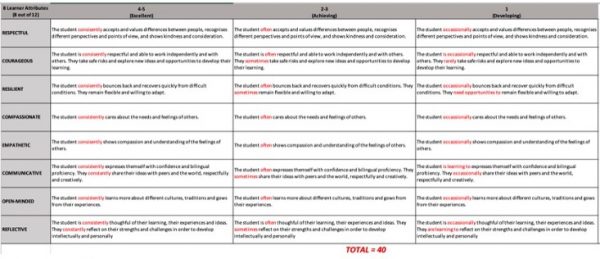
PENG You-Xiu (Naomi) and LU Yinghao (Jayden) – Grade 6 Bamboo
The Grade 6 students did a STEAM project on energy conversion in Term 1. Students were tasked with building a device or a toy that applies the fundamental concept of energy conversion. Naomi and Jayden stand out for their remarkable creativity and problem-solving skills. Naomi designed and constructed a burglar alarm system that converted gravitational potential energy into kinetic energy, to trigger an alarm when tampered with, showcasing her ability to integrate science and technology. Jayden constructed a toy that harnessed energy conversion. Jayden’s innovative idea converted gravitational potential energy into kinetic energy and sound energy, creating an engaging and entertaining play experience for users. Their projects highlighted the significance of energy conversion in real-life applications, providing insights into the practicality and relevance of scientific concepts.
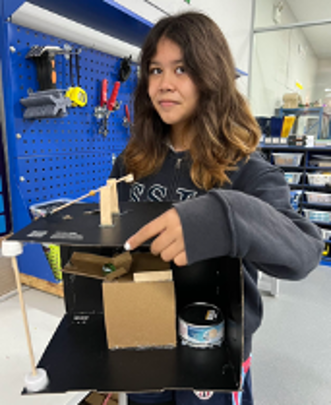
CHAN Jui-Jung (Tongtong) and HU Chih Yu (Addison) – Grade 5 Bamboo
Meet Tongtong and Addison, avid Science enthusiasts whose current focus on the topic of electricity showcase their exceptional curiosity and dedication. Delving into the intricacies of the subject, they have developed a keen interest in using simulations to explore the factors affecting the brightness of a bulb. Their commitment extends beyond the confines of regular class hours, as they invest extra time outside lessons to delve deeper into the virtual world of electrical simulations.
Tongtong and Addison find joy in the versatility that simulations offer, allowing them to experiment with various factors affecting bulb brightness in a controlled and interactive environment. According to them, using simulations presents numerous advantages over traditional laboratory experiments, as it eliminates the need for extensive resources such as multiple batteries and bulbs. This approach not only streamlines the learning process but also enhances efficiency by providing more sustainable and eco-friendly alternatives.
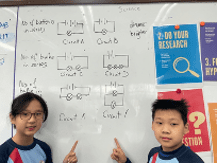
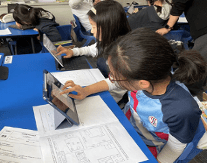
JHA Swastika Sharvi and CHOONG Qian Yi (Kenny) – Grade 4 Angsana
Swastika and Kenny, a dynamic duo with an insatiable passion for Science, shine brightly as avid learners who thrive on hands-on activities. Their shared enthusiasm for scientific exploration is evident in their keen interest in conducting experiments to determine the mass and volume of various forms of matter, both solid and liquid. Armed with a genuine curiosity, they have become adept at utilizing electronic balances, measuring cylinders and syringes to delve into the intricacies of these fundamental scientific principles. When it comes to hands-on activities, Swastika and Kenny are at the forefront, demonstrating a remarkable commitment to understanding the physical properties of matter. Whether meticulously measuring the mass of solids or precisely determining the volume of liquids, their passion for hands-on activities is a testament to their love for scientific inquiry.
In our continuous endeavor to provide an excellent education for our children, the concept of heuristics plays a pivotal role in the development of mathematical proficiency. Heuristics, or problem-solving strategies, are not just methods but a way of thinking and reasoning. They empower students to tackle mathematical problems with confidence and creativity.
Aligned with the Singapore Math Programme, our curriculum integrates heuristics seamlessly, ensuring that students not only learn mathematical concepts but also develop the skills to apply them in various contexts. The Singapore Math approach is renowned for its focus on problem-solving and deep understanding of numbers. It encourages students to explore different ways to reach a solution, rather than rote memorization of formulas.
The skills introduced through our heuristics package are carefully curated for each grade level. For instance, younger students may start with simple strategies such as ‘Draw a Diagram’ or ‘Make a List,’ which helps them visualize and organize information. As they progress, more complex heuristics such as ‘Before-After’ and ‘Make Suppositions’ challenge them to think critically and analytically. Each heuristic strategy serves as a tool in a student’s mathematical toolkit.
Our heuristics package is not just for classroom learning; it reflects our belief in a holistic approach to education. Hence, we encourage you, as parents, to be part of this exciting journey. Here are a few suggestions on how you can support your child’s application of these skills at home:
- Encourage Exploration: When your child encounters a problem, resist the urge to provide immediate solutions. Instead, ask them to explain different strategies they could use.
- Foster a Growth Mindset: Celebrate the effort rather than the outcome. Emphasize the importance of trying different approaches and learning from mistakes.
- Create Real-Life Learning Opportunities: Encourage your child to apply heuristics to real-world problems, whether it’s measuring ingredients for a recipe or calculating the time needed for a trip.
- Practice Together: Engage in mathematical games and puzzles with your child. This can be a fun way to practice heuristics in a low-stress environment.
By embracing these strategies at home, you are reinforcing a culture of inquiry and perseverance. Our goal is to equip our students with the skills they need not just for their academic journey, but for a lifetime of problem-solving. Together, we can nurture our children to become resilient, innovative thinkers who are prepared for the complex challenges of the future.
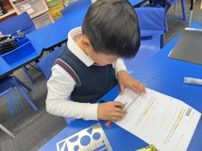
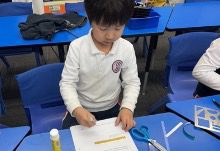
| Class | ManageBac Name | Reason for Receiving the Certificate |
| G1A | HOU, Selena Xinrui | For her exceptional curiosity to learn new things. |
| G1A | YANG, Jing Chun Kayla | For her enthusiastic participation and positive contributions during class participation. |
| G1B | LOH,Audrey | Outstanding Effort on her Math Homework. |
| G1B | NGU, Charlotte | Embracing Positivity and Optimism. |
| G1M | LIN, Luca | For having an improved focus and enthusiastic participation in class. |
| G1M | WU, Ian | For being a role model to his peers and contributing positively to the class culture. |
| G2A | HE, Henry | Being reflective and demonstrating what it is like to have a teachable heart. |
| G2A | PENG, Mia | Always being conscientious and striving for excellence in all lessons. |
| G2B | KIM, Minjin | For being positive and giving her best in every task. |
| G2B | KEANE, Samuel Fang | For having a teachable heart and paying attentively during lessons. |
| G2M | AKIYAMA, Ken | For catching up on missed lessons due to illness and improving his English. |
| G2M | LIU, Milo | For working hard on improving his English and focus in class. |
| G3A | CHOU, Yen-Hsin | For showing improvement in his writing. |
| G3A | CHEN Anna | For showing improvement in keeping her focus in class. |
| G3B | Wangkheimayum, Agastya | For being positive and improving in keeping up with his tasks. |
| G3B | HO, Yu Chien Abby | For displaying improved dedication in producing quality tasks. |
| G4A | CHOONG,Qian Yi | For your commendable efforts and significant improvement in your English writing skills. |
| G4A | PANG, Mibo | For your remarkable increased effort in your work. |
| G4B | LUAN, David | For showing a mature attitude towards his learning upon returning in 2024! |
| G4B | LIANG, Kevin | For returning in 2024 with a fantastic growth mindset. |
| G5A | KRISHNA, Rohan | For being a role model to his peers. Always committed to do his best. |
| G5A | QIN, Louisa Weilu | For being a role model to her peers. Always committed to do her best. |
| G5B | WONG, Cynthia | For showing initiative and always trying her best. |
| G5B | AN, Sooah | For focus and dedication to her work. |
| G5M | CHEN, Jaden | For making improvement in staying focused in class. |
| G5M | LIANG, Jennifer | For consistent effort in overcoming challenges positively. |
| G6A | LI, Yile | Displaying respectful and inclusive behavior towards all classmates, treating everyone with kindness and empathy. |
| G6A | CHANG, Yu Shan (Charlotte) | Consistently demonstrating a growth mindset, embracing challenges and persevering through difficult tasks. |
| G6B | WANG, Jenny Chen | For consistently presenting neat work in Math assignments. |
| G6B | YAO, Chenhao (Dylan) | For making improvement in his presentation of Math assignments. |
| G6M | CHOU, Zhoe | For displaying dedication and enthusiasm in Math. |
| G6M | SHEN, Wanzhen (Sophia) | For always putting in her best efforts in math and science. |

